Germany
Germany is a country of extremes: impossibly steep river-valley vineyards, bone-chilling northerly climates, ancient varieties, and cutting-edge experimentation all sit side by side. Its winemaking culture is defined by clarity – of thought, of intention, of flavour. Precision, purity and place are everything. Riesling remains the beating heart of German wine, but the story doesn’t end there. Pinot varieties thrive in the south, Silvaner and Scheurebe are enjoying a quiet renaissance, and Germany’s red wines are now competing on the world stage. A new generation of producers is redefining the country’s reputation and pursuing ever greater expressions of terroir. There’s a quiet confidence to German wine today – rooted in deep history, but open to change – and its best bottles are some of the most thrilling and undervalued in the world.
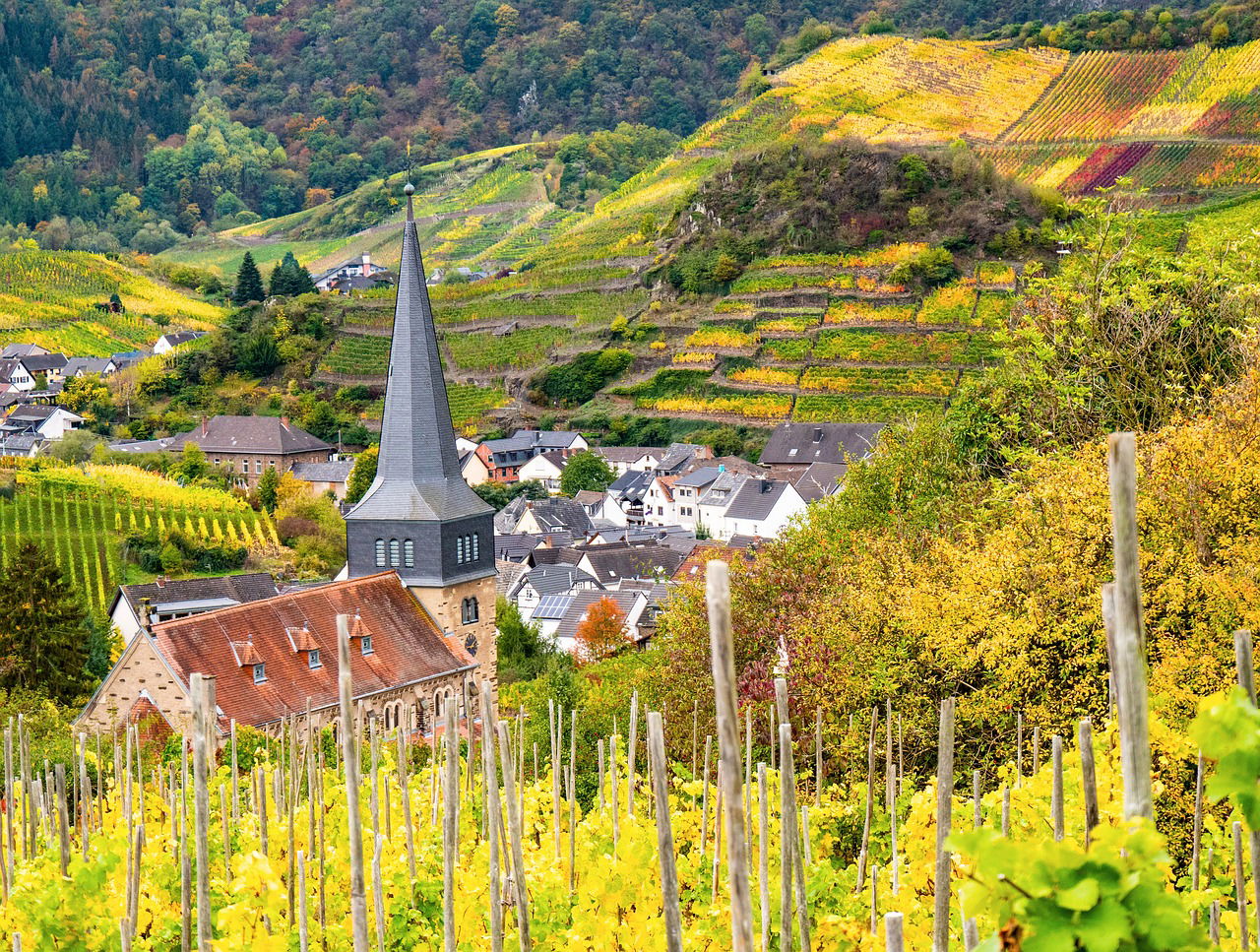
Ahr
8 producers
One of Germany’s most northerly and surprising red wine regions, Ahr is a haven for Spätburgunder (Pinot Noir) grown on steep, slate-lined slopes. Despite its cool climate, the wines are supple, refined and full of aromatic depth. Devastated by flooding in 2021, the region is rebuilding with resilience – and its best producers are once again crafting some of Germany’s most sought-after reds.
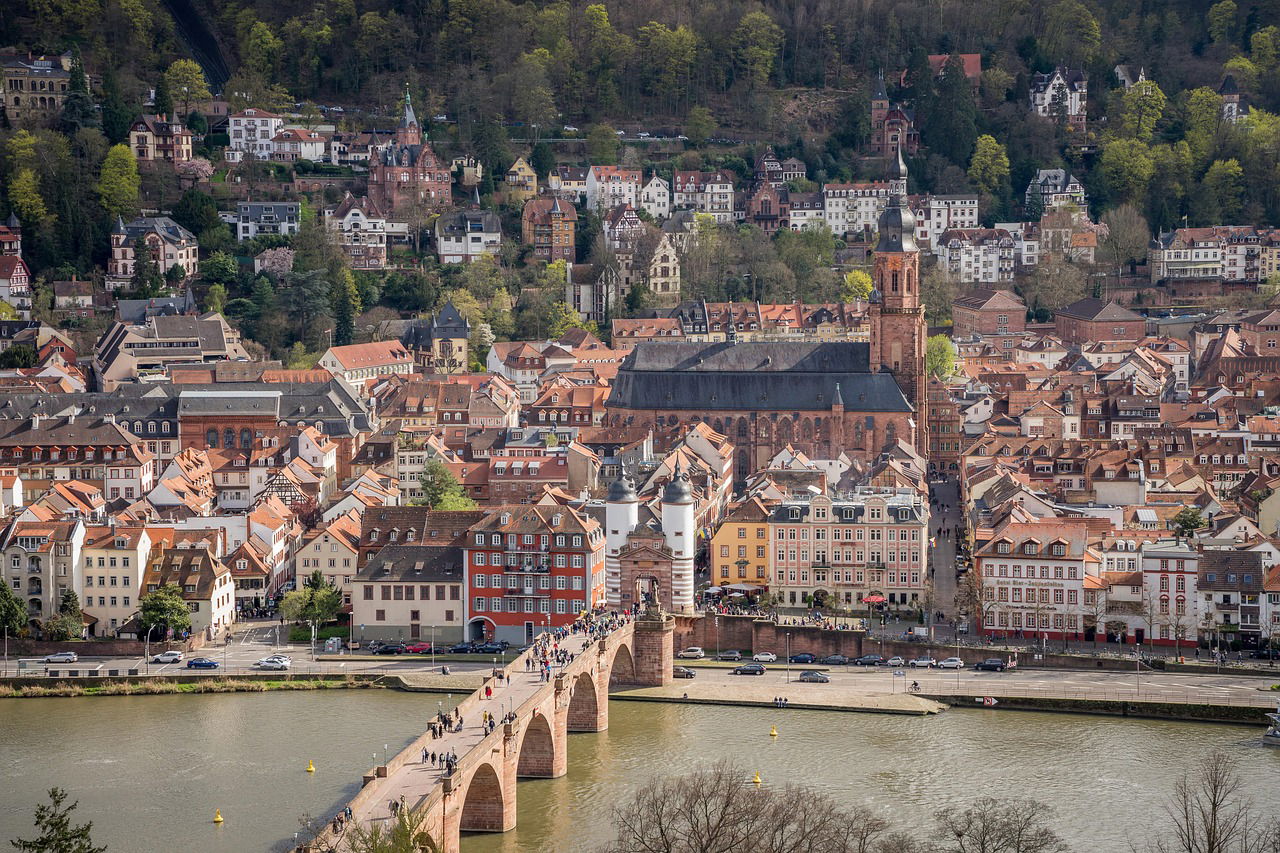
Baden
20 producers
Germany’s sunniest region and home to its most full-bodied wines. Stretching along the Rhine and nestled against the Black Forest, Baden offers outstanding examples of Spätburgunder (Pinot Noir), Weißburgunder (Pinot Blanc), and Grauburgunder (Pinot Gris). The volcanic soils of the Kaiserstuhl give an edge of richness and complexity that sets this region apart. A paradise for lovers of texture, warmth and Burgundian-style finesse.
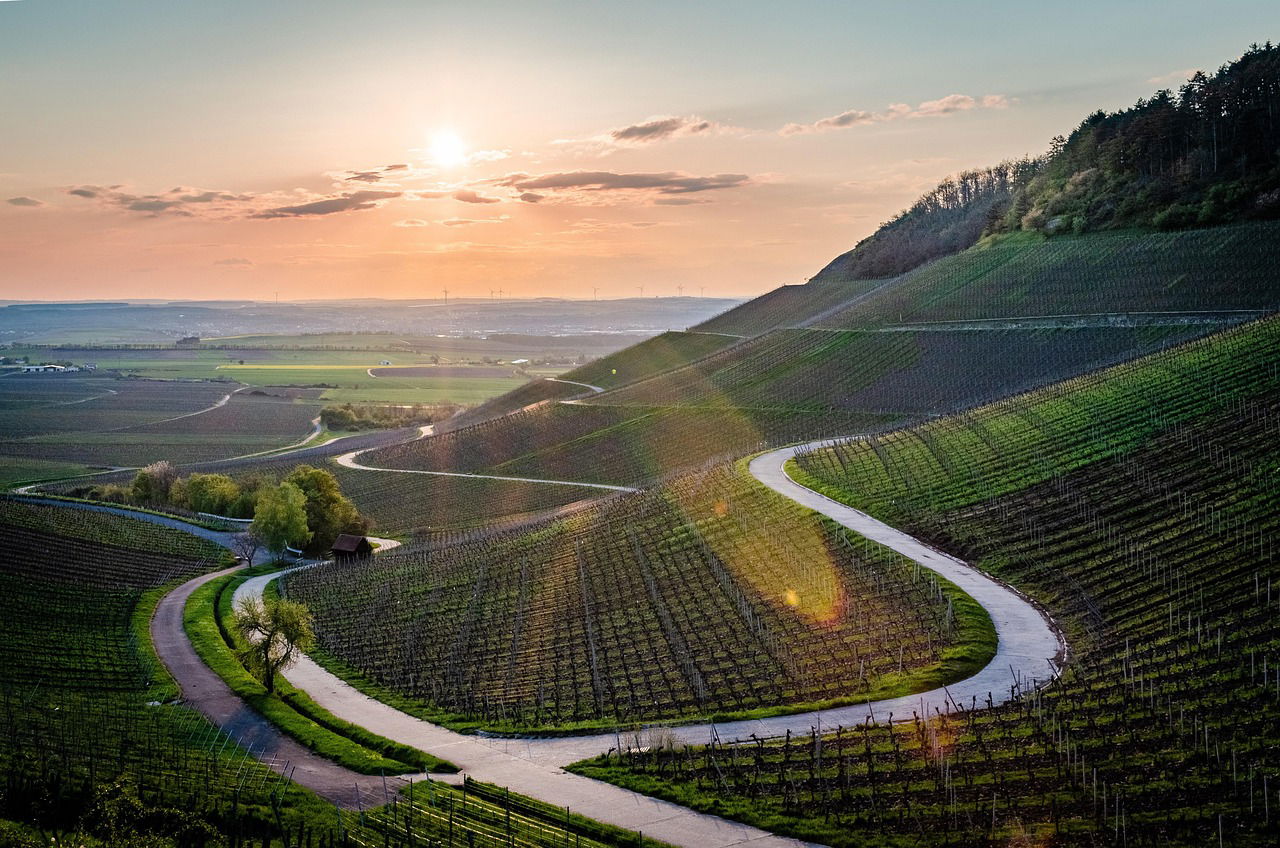
Franken
16 producers
Franconian wines in their iconic Bocksbeutel flasks are as distinctive as the region itself. Known for its dry, mineral-driven Silvaner – arguably Germany’s finest – as well as crisp Rieslings and earthy reds, Franken’s stunning amphiteaters of vines along the Main River and a trio of soil types variously lend weight, precision and elegance to the wines. Underrated, distinctive, and quietly brilliant.
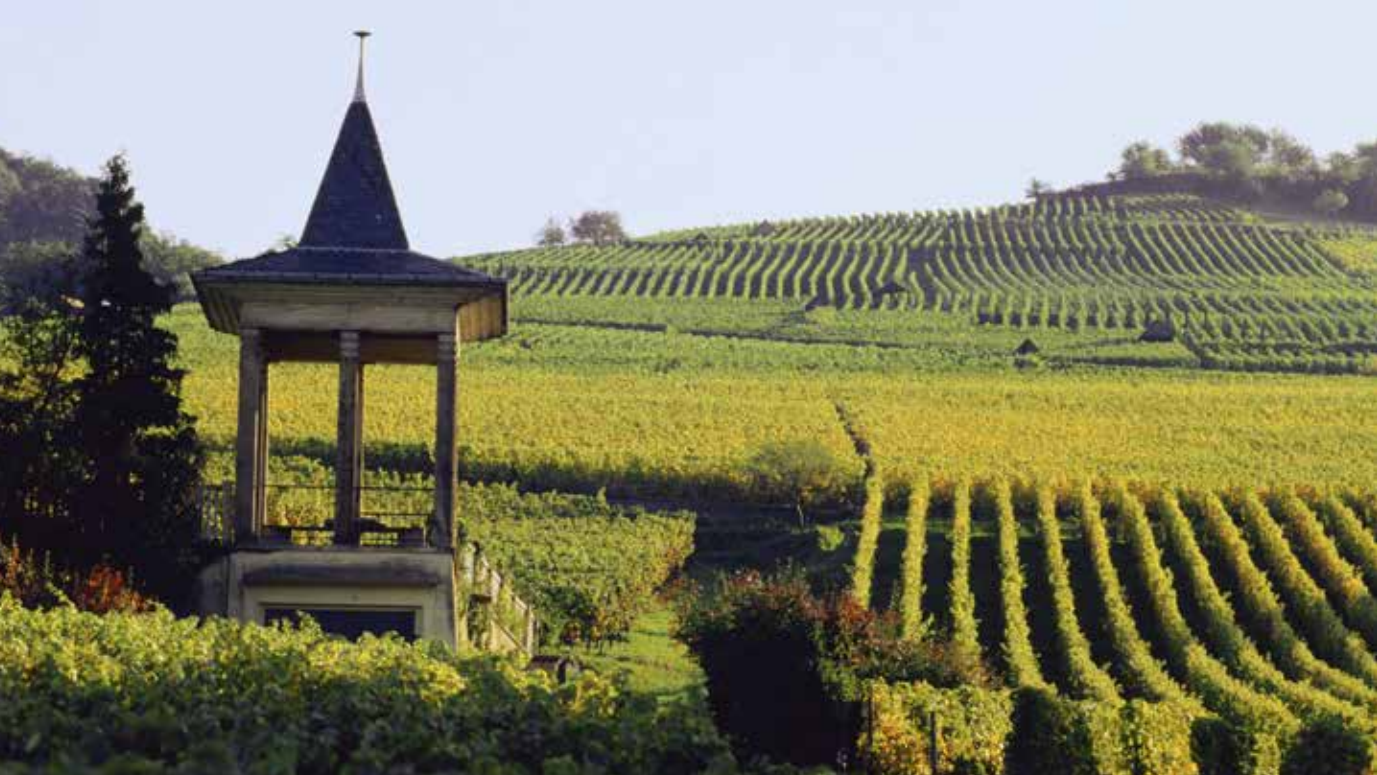
Hessische Bergstraße
4 producers
One of Germany’s tiniest wine regions – and perhaps its best-kept secret. Tucked between the Rhine and Odenwald hills, the “Mountain Road” produces vibrant, floral Rieslings and increasingly impressive Pinots and Sekt. With a warm microclimate and ancient soils, this is a region of charm and potential, where tradition meets quiet ambition.
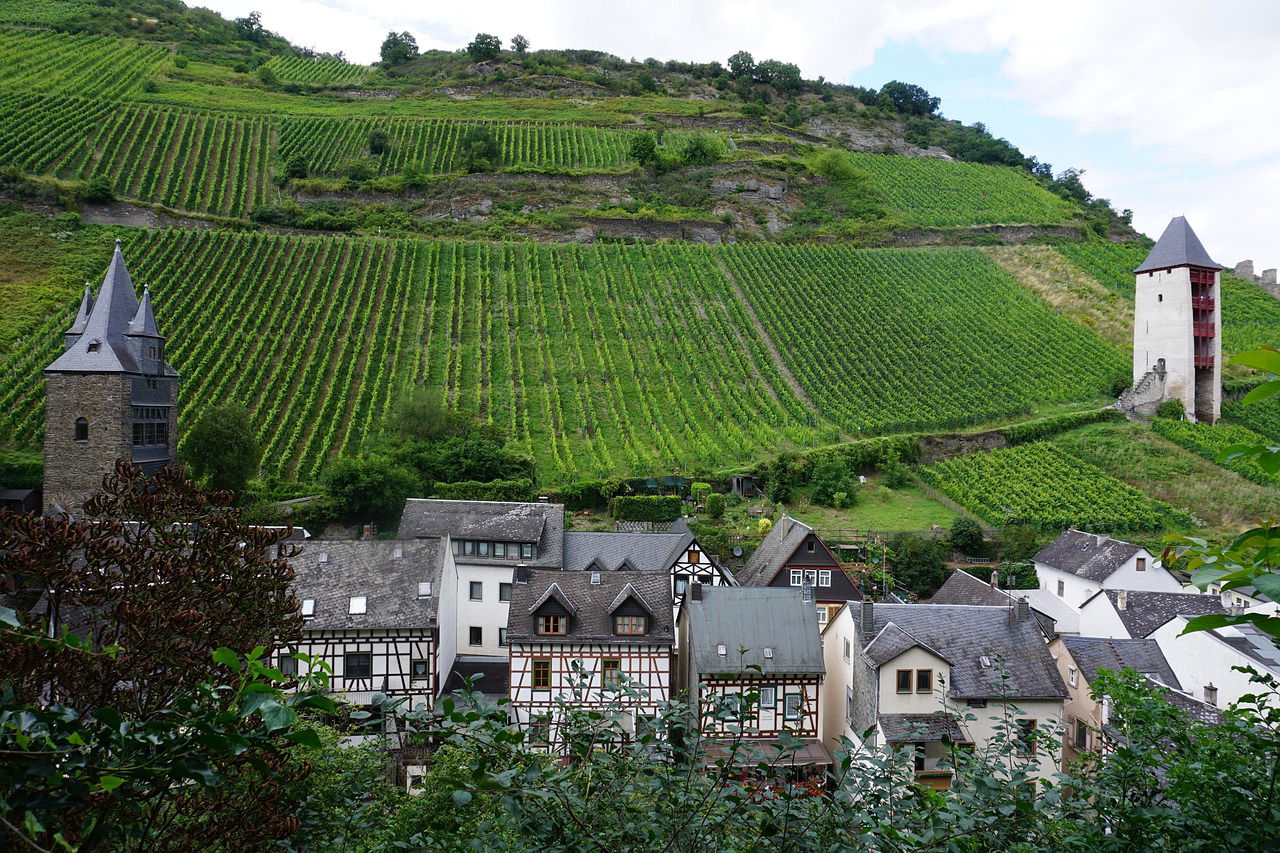
Mittelrhein
6 producers
A dramatic stretch of vineyards clinging to steep slopes above the Rhine Gorge, Mittelrhein is one of Germany’s most picturesque – and challenged– regions. Its small size belies its significance, producing pure, steely Rieslings full of energy and mineral clarity. A region for romantics and Riesling obsessives alike, where fairytale castles meet flinty finesse.
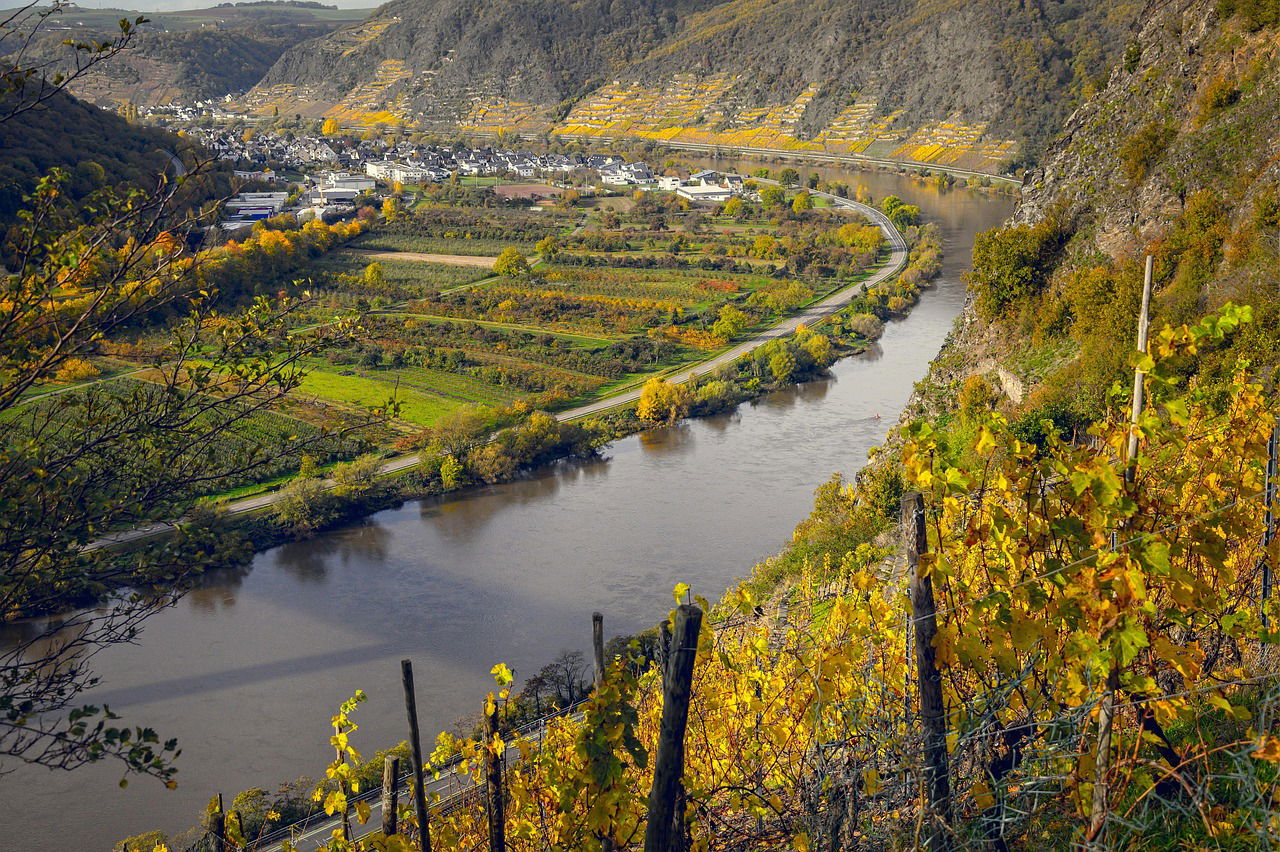
Mosel
41 producers
Germany’s most famous wine region and spiritual home of Riesling. The impossibly steep slate vineyards lining the Mosel River produce some of the world’s most delicate and precise white wines – electrifying tension, feather-light body, and astonishing complexity. Riesling reigns supreme, but exciting work with Pinot varieties and traditional Elbling adds further depth to the Mosel’s profile. One of the world’s greatest wine regions, bar none.
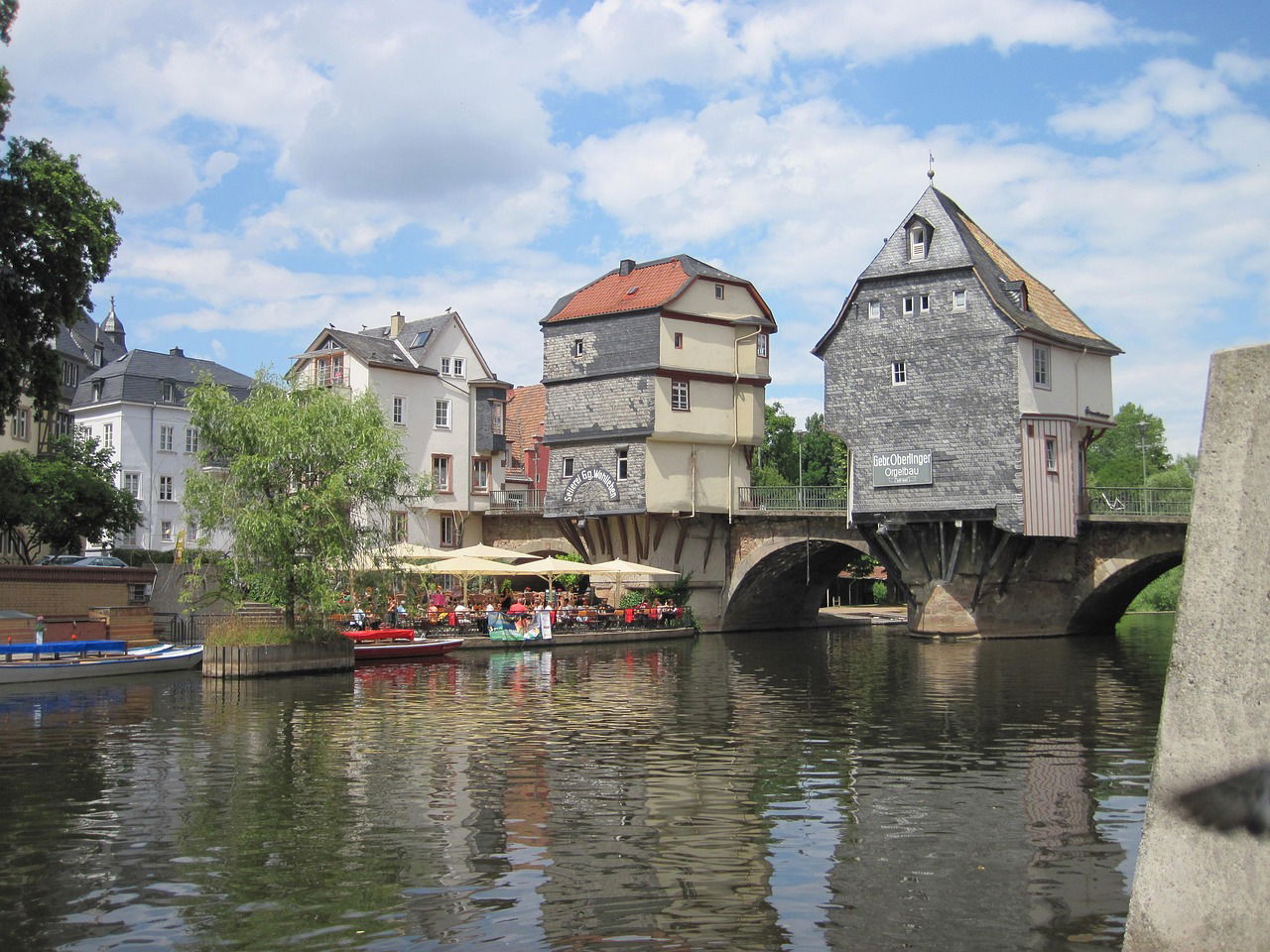
Nahe
15 producers
A region of striking geological diversity, the Nahe is a Riesling-lover’s dream. Volcanic, slate, quartzite, sandstone – each soil type adds its signature to wines of elegance, energy and nuance. The region has seen a renaissance in recent decades, producing some of the most exciting, precise and age-worthy whites in Germany. Small in size, immense in character.
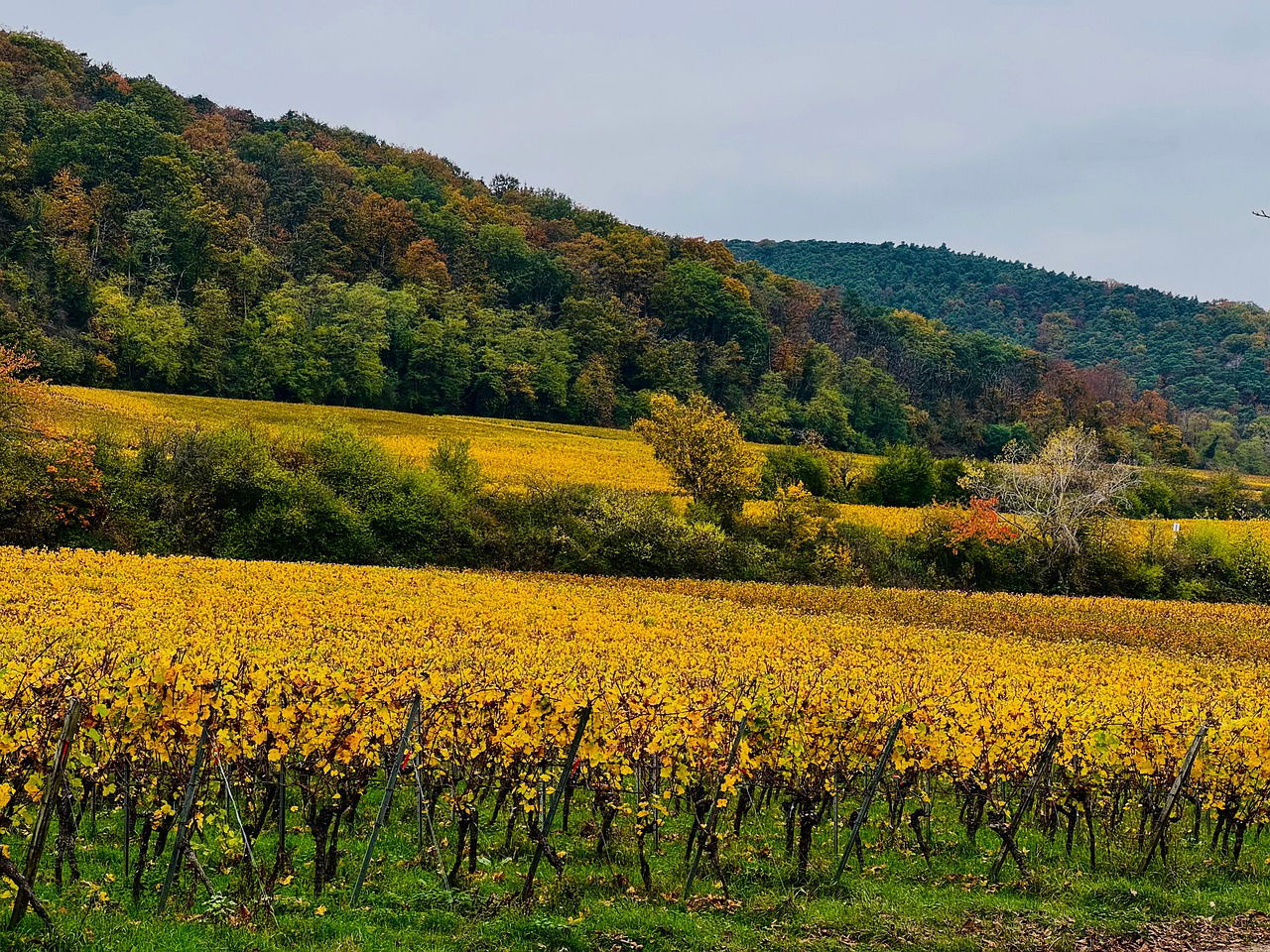
Pfalz
31 producers
Pfalz is Germany’s second-largest wine region and now one of its most dynamic. A warm, dry climate and range of soils produce generous, fruit-forward Rieslings, as well as stellar examples of Spätburgunder, Dornfelder, and an array of red and white varieties. This is German wine with swagger – accessible, bold, and increasingly organic. A region that is helping to rewrite the script for German wine.
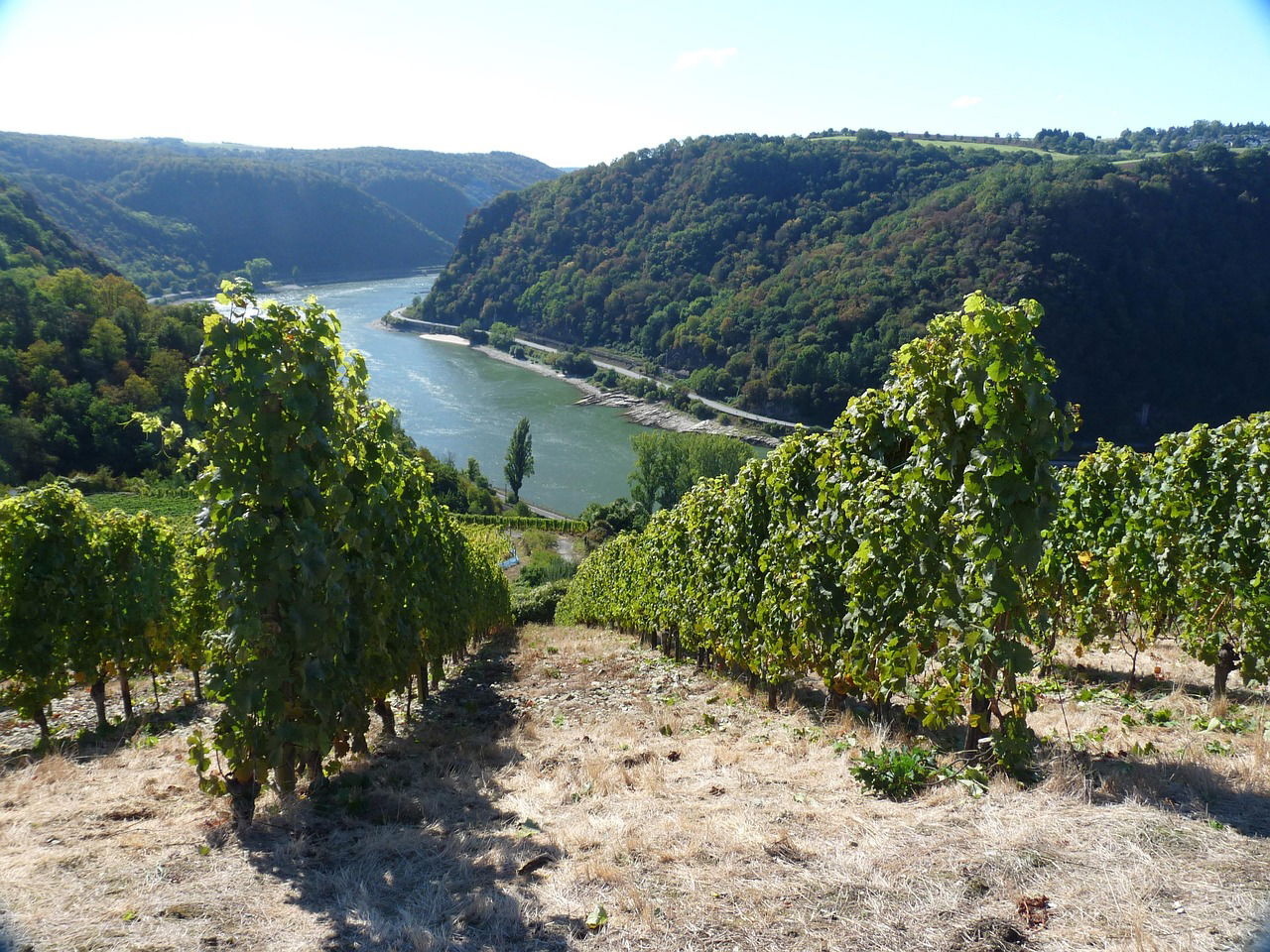
Rheingau
26 producers
A narrow strip of vineyards along the northern bank of the Rhine, the Rheingau is synonymous with regal, age-worthy Rieslings – often dry, structured, and densely mineral. But don't overlook its brilliant Spätburgunders either. This is where centuries-old estates meet a new wave of producers pushing boundaries while honouring history.
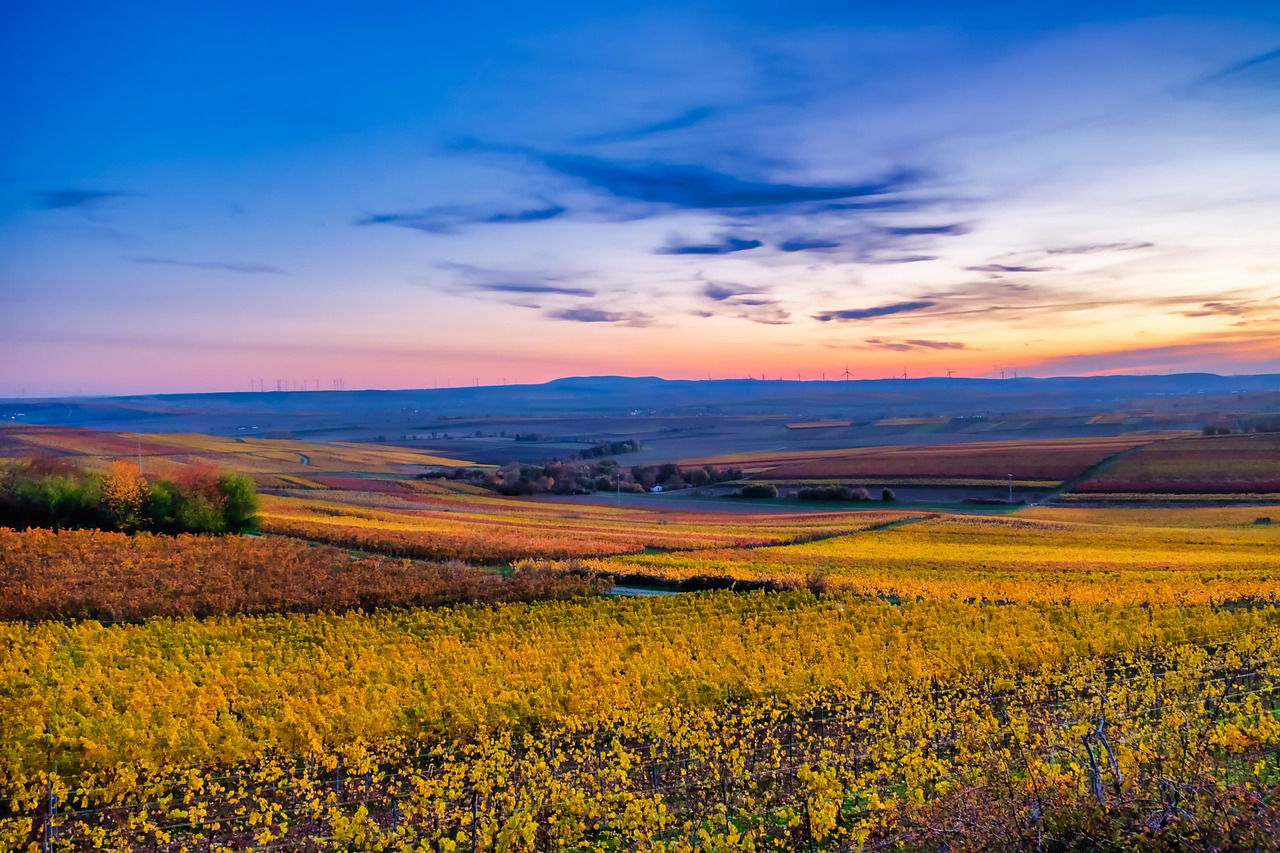
Rheinhessen
21 producers
Once dismissed as the land of bulk wine, Rheinhessen is now one of Germany’s most exciting regions. A new generation of winemakers is making thrilling wines from Riesling, Silvaner, and increasingly, Pinot varieties. From the limestone-rich hills of the Wonnegau to the volcanic soils of the Red Slope, there’s extraordinary diversity here – and value to match.
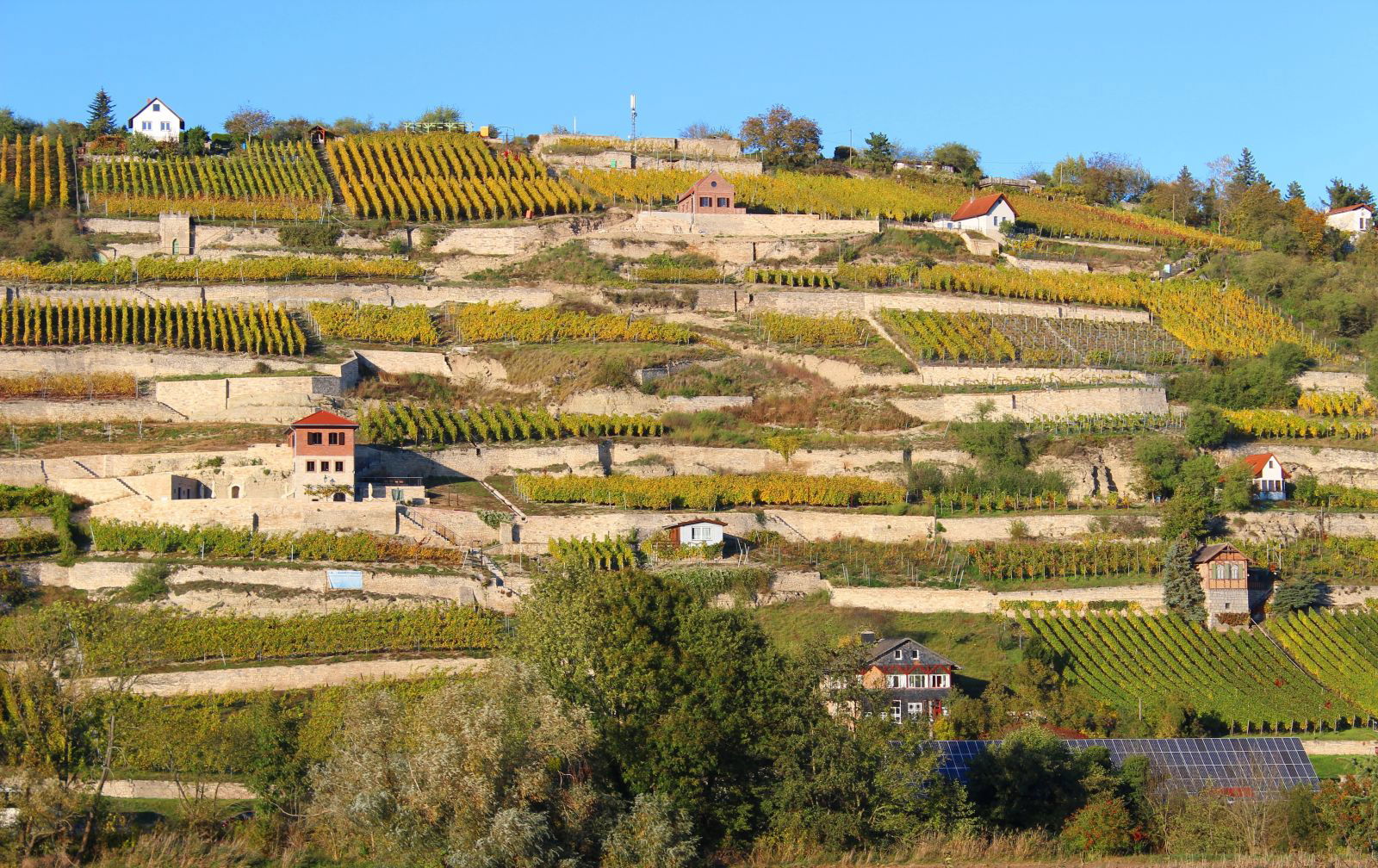
Saale-Unstrut
11 producers
At 52N latitude, Germany’s northernmost wine region is still true cool climate. Riesling, Müller-Thurgau, and Silvaner dominate, but Pinot varieties are gaining ground. This is wine on the edge – tight, precise, and unmistakably shaped by its unique, often marginal conditions. A hidden gem for lovers of tension and minerality.

Sachsen
8 producers
Tiny but historic, Sachsen traces its winemaking roots back over 850 years. The wines are fresh, elegant, and often made in minute quantities. Expect crisp, structured white wines with an increasing focus on quality. One of the most charming and off-the-beaten-track wine regions in Europe.
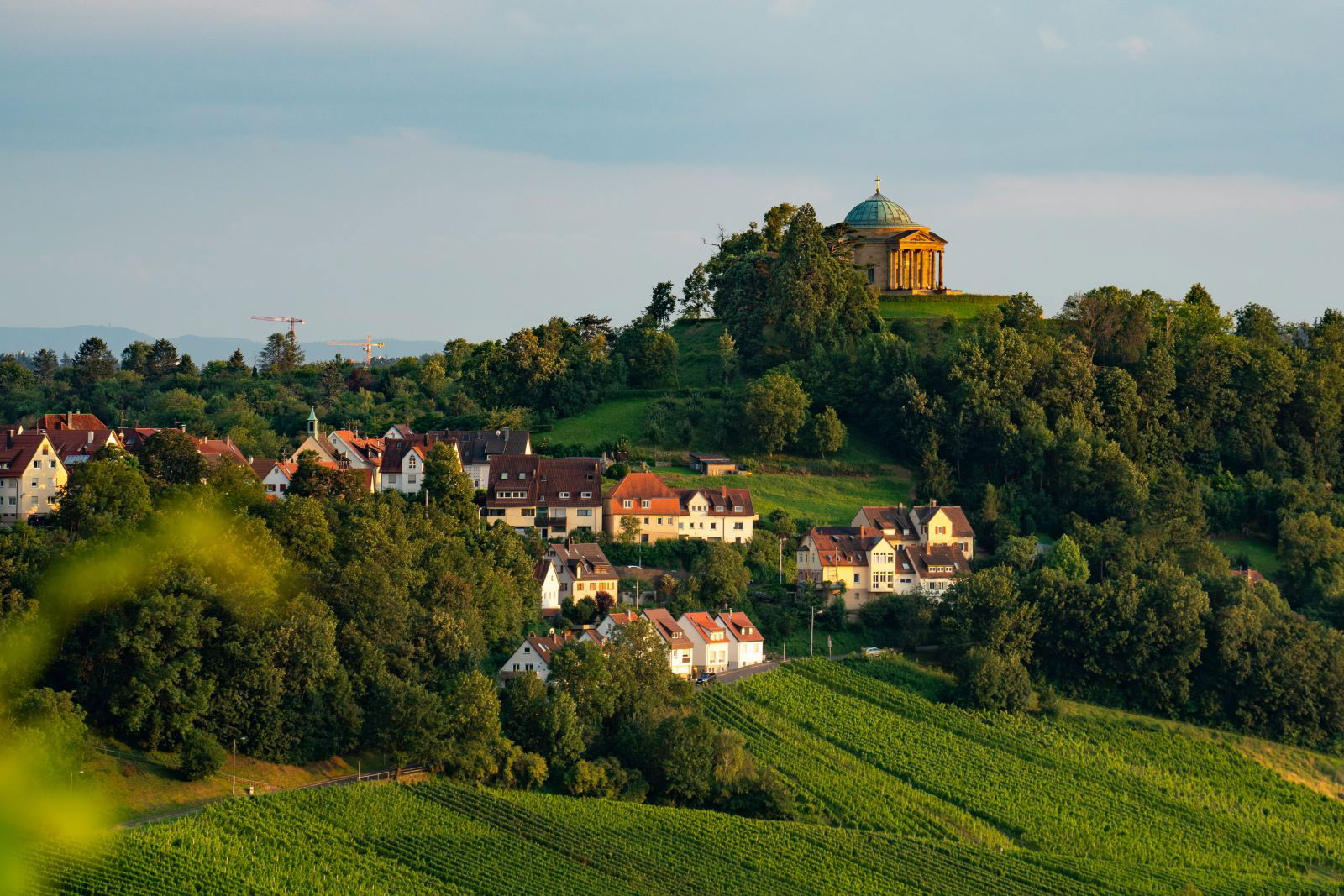
Württemberg
21 producers
Germany’s red wine heartland is the place to dive into Trollinger, Lemberger (Blaufränkisch), and Pinot Noir. This is a land of juicy, spicy, vibrant reds made for food and fun. But don't neglect superb, terroir-driven Rieslings and an increasing range of quality white varieties. Often overlooked internationally, Württemberg’s deeply rooted wine culture and picture-perfect vineyards are ready for their close-up.
